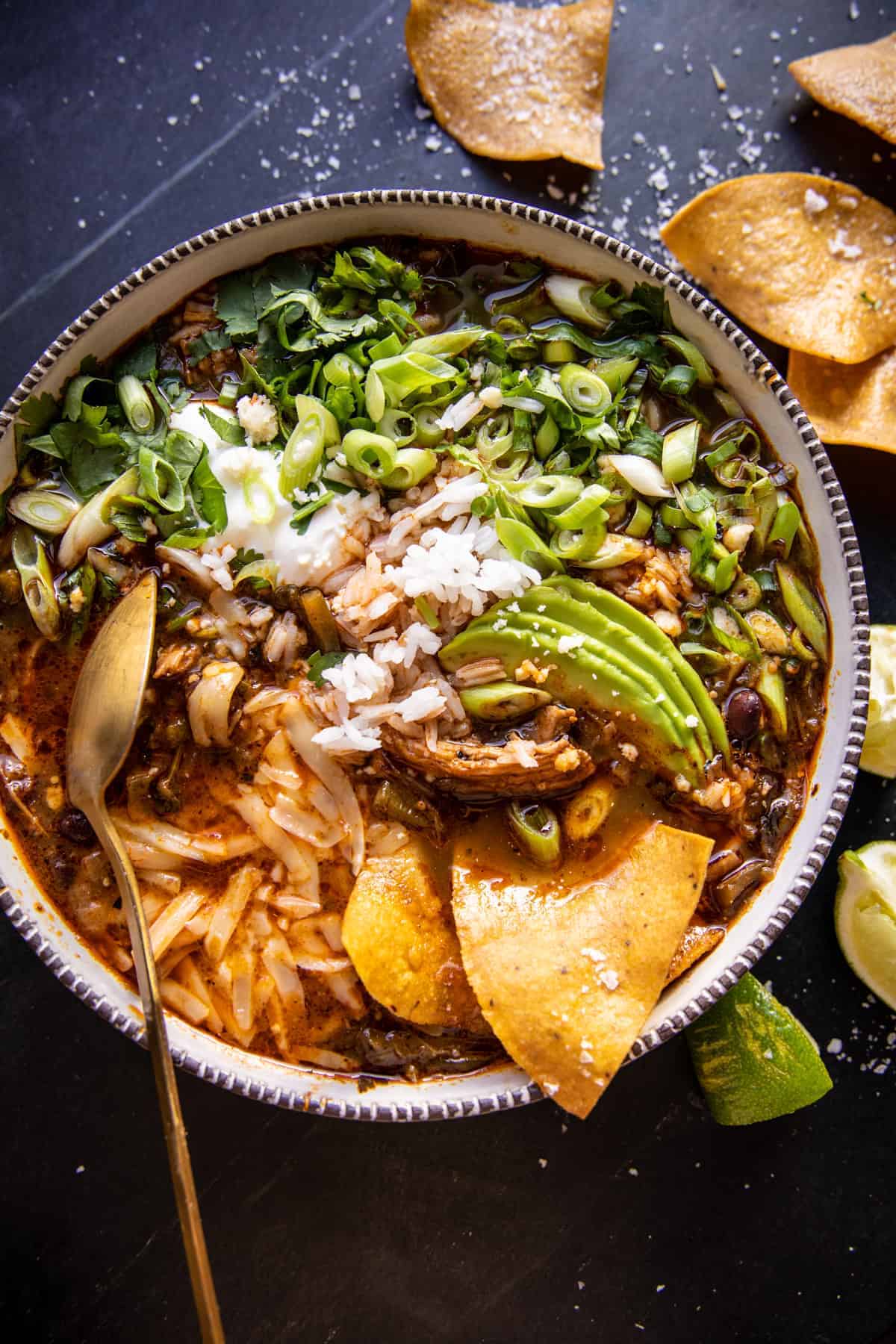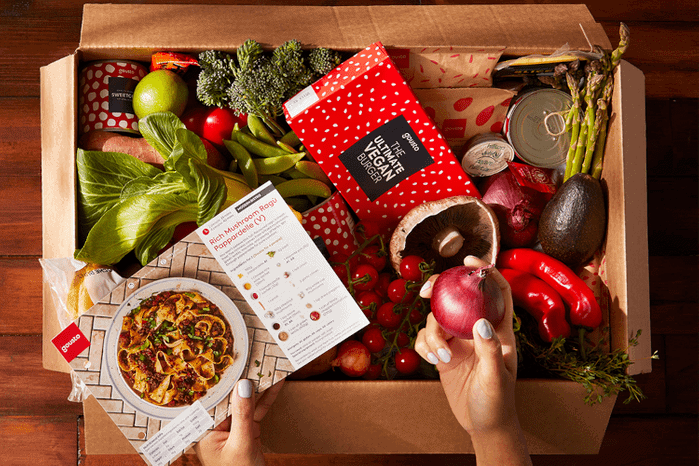This year more than ever, people are looking to lessen their impact on the world around them and support the world’s resources through their food and drink habits. Whether it’s changing your diet to more eco-friendly options or tracking and tracing the origins of your food, here’s our list of 12 trends we see becoming more important in 2022.
Discover even more ways to live more sustainably through our sustainability hub. We have advice on everything from reducing your carbon footprint to decoding green and ethical labels in the supermarket.
1. Algae

If you eat seaweed, then you are already eating macroalgae, which has been classed as a sustainable ingredient. This isn’t by any means new, and you may have eaten it without realising as meat substitutes can be made from it. Rich in nutrients and often highly flavoured, it features on restaurant menus and in shop-bought products, chickens are fed it to increase omega-3 in their eggs, plus feeding it to cows may help reduce the gas in their stomachs – and therefore, methane emissions.
2. Transparency
Consumers want transparency about ‘carbon truths’ in every part of the food chain, described by food trends agency thefoodpeople as being the new ‘calorie count’. Carbon negative is the new goal – produce that improves the world.
3. QR codes
Technology that tracks, traces and verifies gives consumers a greater feeling of control. QR codes also allow cleaner packaging with ingredients explained more usefully and in greater depth on another platform. If you haven’t been scanning QR codes already, then you might want to start.
4. Oysters

Few people realise how environmentally friendly oysters are. Not only are oysters delicious and high in micronutrients, they are also the most environmentally sound animal species to eat as they have minimal ecological impact,’ Pep de Visscher, co-owner of The Seafood Bar in London’s Soho, explains. ‘Oysters also purify the water they are growing in and can filter between 100-200 litres of water a day. They have a positive rather than a negative impact on the environment. Check out our favourite oyster recipes for delicious recipe inspiration.
5. Peas and beans
These crops fix nitrogen in the soil making them beneficial for farmers to grow as well as being highly nutritious to eat. Find varieties that are new to you and cook with them instead of meat in dishes like chilli, soups and stews once or twice a week. Look out for carlin peas, a small, dark brown dried pea that’s been grown in the UK since the Middle Ages. Known in the North of England as parched peas, you can use them in place of chickpeas. British-grown varieties include Red Fox and Black Badger.
6. Smaller wine glasses

Perhaps as a sign of restraint, John Lewis has reported an increase in sales of smaller wine glasses. Pubs are also seeing more people opt for a 125ml measure rather than 175ml. A smaller glass helps you drink less, but if you are a fan of large glasses, remember that they don’t need to be filled to the top!
7. Insect protein pet food
Insects have been a growing trend for years, but we still haven’t quite made the leap to eating them as much as we should. High in protein and low in fat, they should be a no-brainer. Feel virtuous by feeding them to your pet instead.
8. New kitchen heirlooms

Online purveyor of food and kitchenware, Sous Chef, says sales of products that are built to last are up year on year, including a copper frying pan up 670%. Investment buys from cast iron utensils to ceramics, enamel and wooden dishes as well as handmade knives are a long-term choice.
Take a look at our reviews hub for trusted gadget reviews and our tried and tested picks of the very best kitchenware.
9. Reducetarianism
This new descriptor, shared with us by Wholefoods, underlines the commitment to eating less meat, fish and dairy as being a primary driver of dietary change. Reducetarians choose meat, fish, eggs and dairy that is as sustainably and transparently produced as possible when they do choose to eat it. Booths buyer Tom Hargreaves says that flexitarian diets are still a key trend but using more fresh produce and grains and pulses rather than processed meat-free options.
10. Mackerel upgrade

One of the most sustainable types of fish you can eat, chefs love using it. Ottolenghi’s Rovi serves it barbecued with vadouvan butter, pickles and samphire; Cafe Murano has a sweet-sour mackerel agrodolce and Prawn on the Lawn offers mackerel with beetroot kimchi and black spice. Try our favourite mackerel recipes and make the most of this fabulous fish.
11. Love your freezer

We’ve been singing the praises of frozen food for a while now and David Lennox, head of development at Iceland, agrees: ‘Coming into 2022, I believe customers have rekindled their love for the freezer and discovered the benefits, from reducing food waste with portion control to helping them stick to an ever tightening budget that will be affecting most of us this year.
Want to fill your freezer with simple midweek meals you can reheat in a flash? Get ahead of your busy week with our freezable recipes.
12. Global outlooks
More than one supermarket told us about an ongoing trend for exploring the world through food – people want to satisfy a desire for travel, whether that’s through classic dishes or what Co-op’s executive innovation chef, David Lllewleyn, calls modern global cuisine. He says his development team are ‘looking beyond cuisines that are defined on a single geographical location and focusing on a global outlook on food. Modern global cuisine with blurred lines is a trend we predict will become even more popular over the next year.’ At Asda, senior director of food innovation and trends, Jonathan Moore, says this is a returning theme: ‘The trend we saw a few years ago of combining different cuisines is showing signs of coming back. This allows the freedom to explore classic French flavours with the inclusion of a Japanese ingredient, for example.
Enjoyed these tips? Read up on our other eco-friendly advice…
How to compost food at home
7 ways to drink sustainably
Green kitchen swaps
50 best sustainable gifts: Eco-friendly gift guide
What are your favourite eco-friendly products? Leave a comment below..







